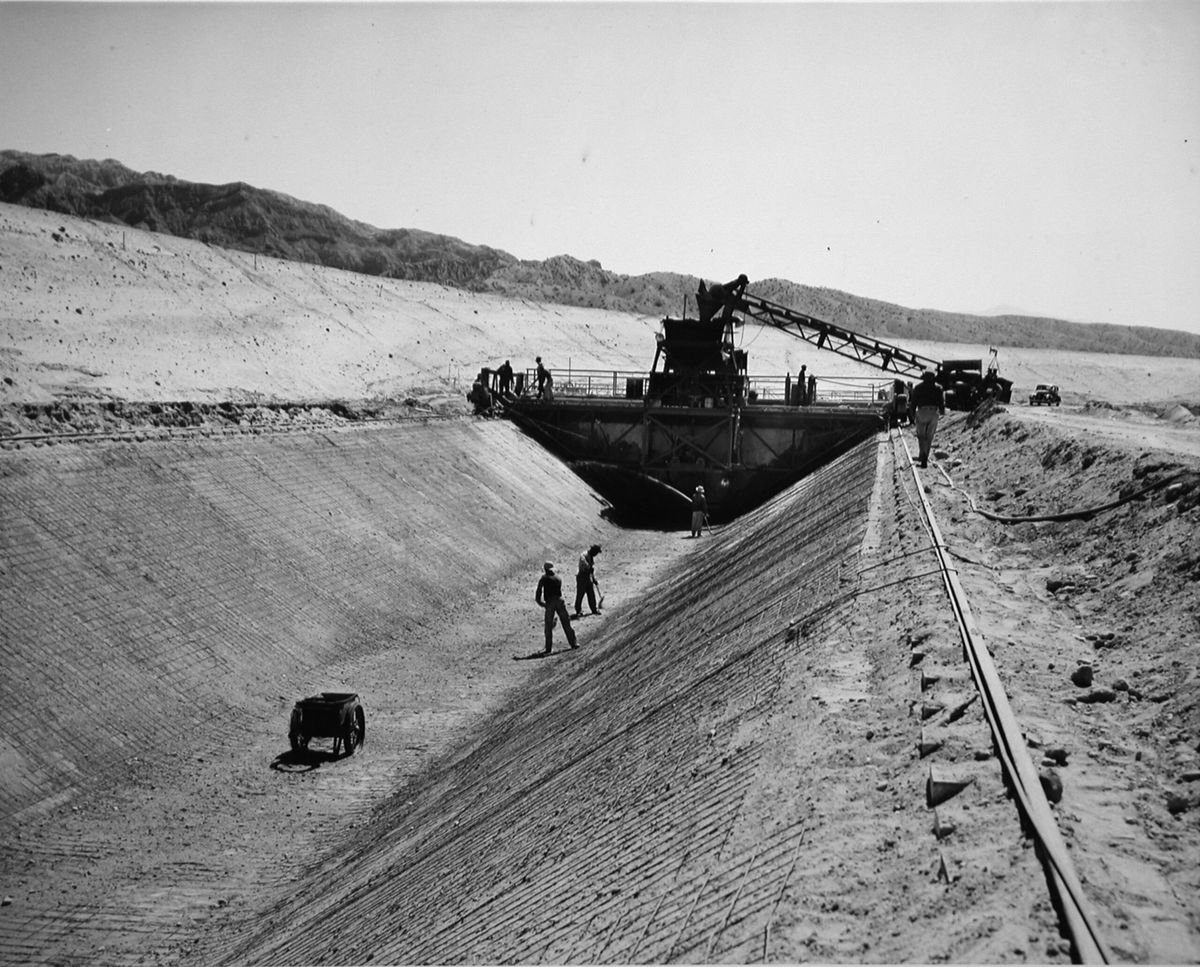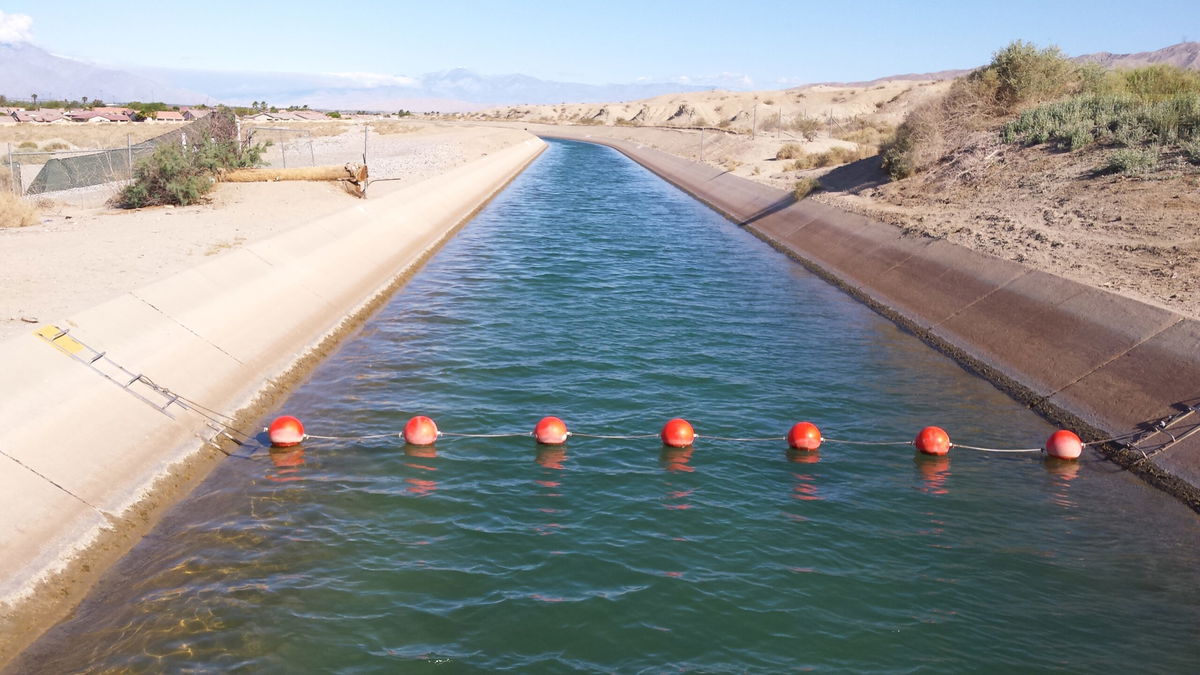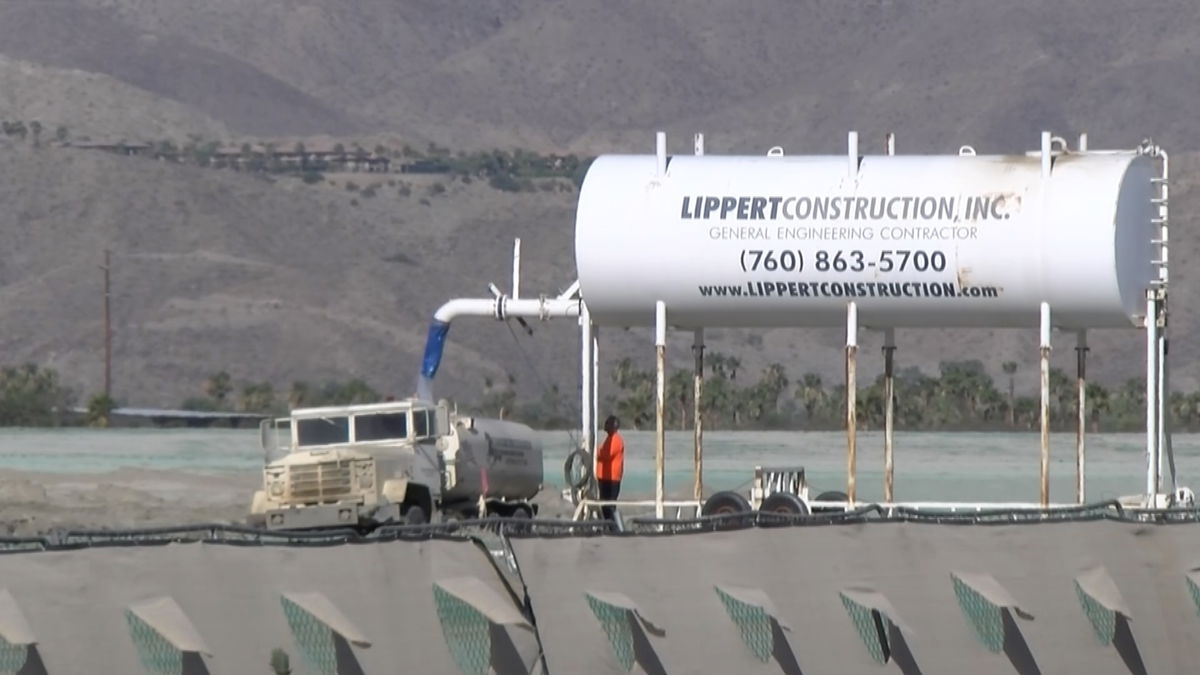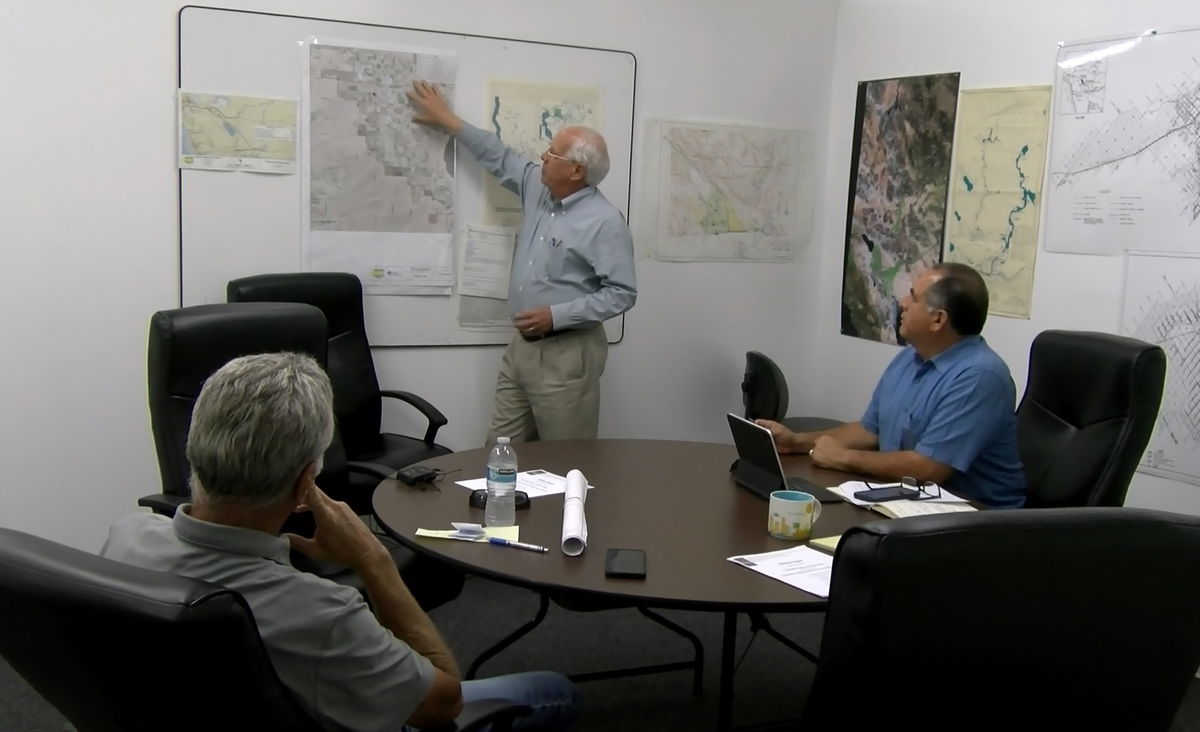Desert Water: How secure is our water supply? Better off than you might think
An I-team investigation reveals that despite the statewide drought declaration and additional water restrictions, the Coachella Valley’s water supply is dramatically better off than most other areas of California right now.
It’s not the message you’re hearing from state leaders, but experts say our local water supplies are plentiful and well-managed as they have been for decades.
"We've been dealt very good cards and we've played them very well."
Ashley Metzger, Desert Water Agency
Nobody's saying you should waste good water. In fact, you should do whatever you can to conserve because the drought is very real statewide. But there’s a disconnect right now between the state’s water supply dependent on the Sierra snowpack, which is below average, and our own which is not dependent on the Sierras.
See California’s current water reservoir levels here.
Despite our cactus, rocks, and sand, the Coachella Valley has a lot of water. It’s under our feet below ground in our water aquifer. It acts like a big water tank in the ground that’s constantly being refilled.
Ashley Metzger of the Desert Water Agency said, “We’ve been dealt very good cards and we’ve played them very well.”
Blaine Carian of the Coachella Valley Resource Conservation District said, “We are not in the same situation as other parts of the state. Not even close.”
Carian says he and the conservation district board want people to know the truth about our water supply and where it comes from. That’s why the district issued a white paper in January to educate local residents ahead of the state water restrictions.
Governor Gavin Newsom applauded Californians for their past efforts to save water during this dry water year but said “We have to do more. We have to do a little bit better.”
Carian responded by saying, “The draconian measures that are coming, I think are coming, should not extend to the Coachella Valley” while also urging conservation in general because it is always something people should strive for.
Still, Carian says the Coachella Valley, unlike the rest of the state, does not rely upon or receive any water from the Sierra Mountains snowpack for the water that comes out of your tap.
“We have a lot of years of water in our storage basin,” Carian said.

We pump our local water from wells. Our aquifer is then refilled primarily from the Colorado River water via the All American and the Coachella Canals completed in 1948. We have senior rights to this water that flows into Indio at 13,000 cubic feet per second. And those rights are very secure, Carian says. “So what’s unfortunate is– we are a desert, so the optics are bad,” he added.

For 30 years after the Coachella Canal’s completion, the Coachella Valley Water District says groundwater levels in the eastern part of the Indio Subbasin recovered. This, as local farmers used Colorado River water instead of groundwater, helping to transform the eastern half of the Coachella Valley into California’s third-largest agricultural region.
The conservation district’s white paper states that depending upon annual weather patterns, the long-term Natural Recharge of the Indio Subbasin averages 50,000 acre-feet per year, enough water for 100,000 families for a year. An acre-foot is 326,000 gallons. Approximately 3 acre-feet adds up to a million gallons of water.

We’ve all heard comments from local residents questioning the water demands of proposed development like the new surf park proposals in La Quinta and Palm Desert, and lakes in planned luxury communities such as the new Disney Cotino housing project in Rancho Mirage. Despite those widely-shared supply concerns, Carian is echoed by our local water agencies.
I-Team investigator Jeff Stahl asked Desert Water Agency spokeswoman, Ashley Metzger, if we are at risk of running out of water this year, next year, or even 10 years from now? Metzger said, “No. We are not at risk of running out of water in the near term due to a drought.”
The Desert Water Agency said in a recent statement, “The Coachella Valley Groundwater Basin has roughly 40 million acre-feet in storage capacity in the first 1,000 feet.” And that’s just the first 1,000 feet of what’s believed to be a 13,000-foot tub of water and sand. To put that 40-million number into perspective, it’s enough water to serve 80 million families for a year. The Coachella Valley has 463 thousand full-time residents.

The Coachella Valley Water District says that about 400,000 acre-feet of water have been added to groundwater storage since the end of the last drought. A statement from the district said, “This shows how water is stored during wetter times and available during drier periods.”
“If we did nothing and just continued on using water as we do today, we would have north of 100 years of water,” Metzger said.
Read more about water conservation at cvwatercount.com here.
Water managers say they are doing a lot to protect our water supplies. Colorado River water flows into the White Water River and into replenishment ponds in Palm Springs, and the Mission Creek Groundwater Recharge facility in Desert Hot Springs.

It’s also flowing into a hillside La Quinta recharge facility helping our aquifer continue to recover from over-drafting earlier in the early 1900s. That’s when water wells lowered the water table and caused subsidence. It’s been a decades-long endeavor.
The La Quinta facility, named Thomas E. Levy Groundwater Replenishment Facility, has the capacity to replenish 40,000 acre-feet of water each year into the groundwater aquifer benefitting the eastern Coachella Valley.

A new east valley initiative is also working to get farmers off well water and use canal water instead, to help the aquifer recover even more.
“We are managing water on a decade basis,” Metzger said, “not on a seasonal or yearly basis like some other parts of the state have to do because of their supply.”
Metzger says our local calls to conserve are not meant to panic but for our own long-term water sustainability. The water we might save in the Coachella Valley through conservation measures remains in the aquifer. It cannot be shipped elsewhere in the state because there are no pipelines or canals to remove it and send it elsewhere.
Reacting to state calls to conserve more, Metzger said, “There was a little bit of frustration on our end because of the fact we have managed things well and we do have these local resources we can rely on that we’re still being asked to act as though we are still in a shortage.”

We also spoke with a water management engineer about the record low levels of our reservoirs. Ben Olson Jr. of Olson Engineering System says any supply cuts to our water allotment from the Colorado River system would have minimal effects here. Olson’s firm is a professional civil engineering firm specializing in water resource projects including irrigation, water conservation, and pipeline design. That’s because we have senior water rights and take a relatively smaller draw from that source, he says.
"California needs to do a lot more with water storage to alleviate these droughts."
Ben Olson Jr.
Reacting to the lowered levels of Lake Powell and Lake Mead, Olson said, “California needs to do a lot more with water storage to alleviate these droughts.” That would reduce dependency on the Colorado River system. He points out no new reservoirs have been built in our state since 1979, more than 40 years ago.
Local water agencies sponsor turf replacement incentives for desert scaping and have created several local aquifer replenishment districts with another on the way. They’re paying farmers not to irrigate their land to save water and convert from well water to canal water.
Read more about your water and water-saving incentives available to you.
You can find out more about saving water online right now– or sign up to get a free water use evaluation for your home at the Coachella Valley Resource Conservation District website.
Find information on water and conservation from your local water provider.
Coachella Valley Water District
Mission Springs Water District





